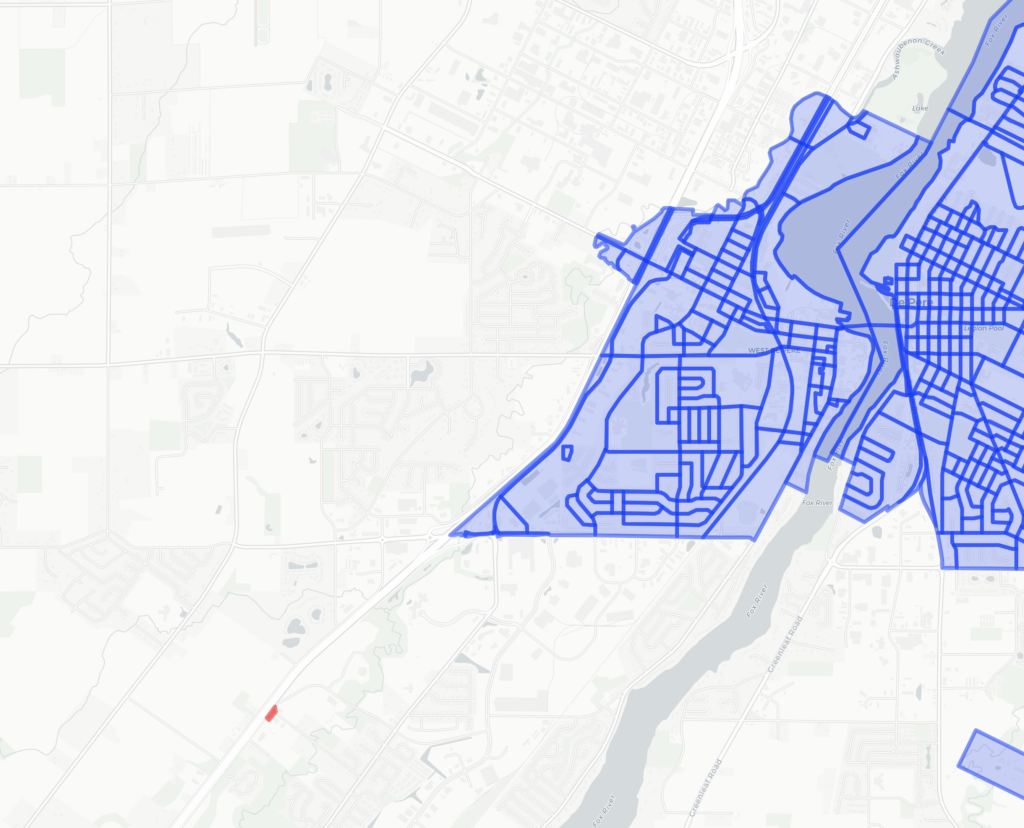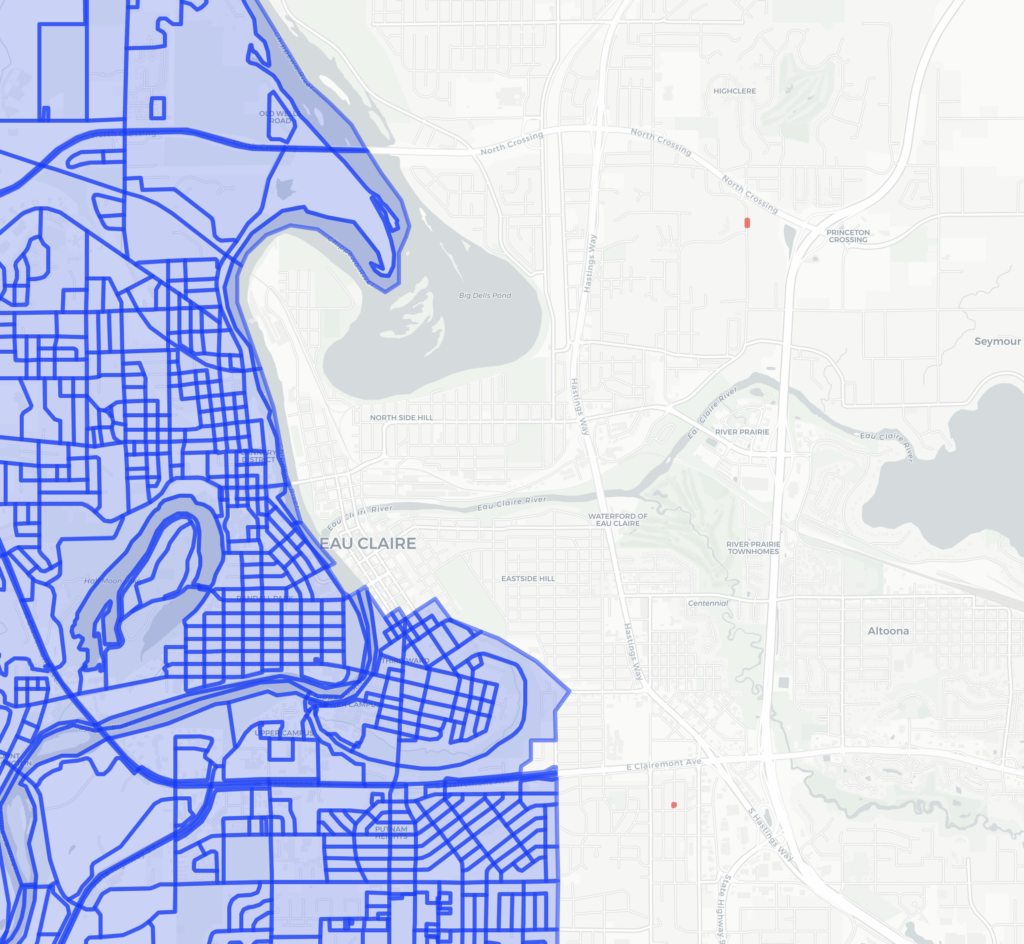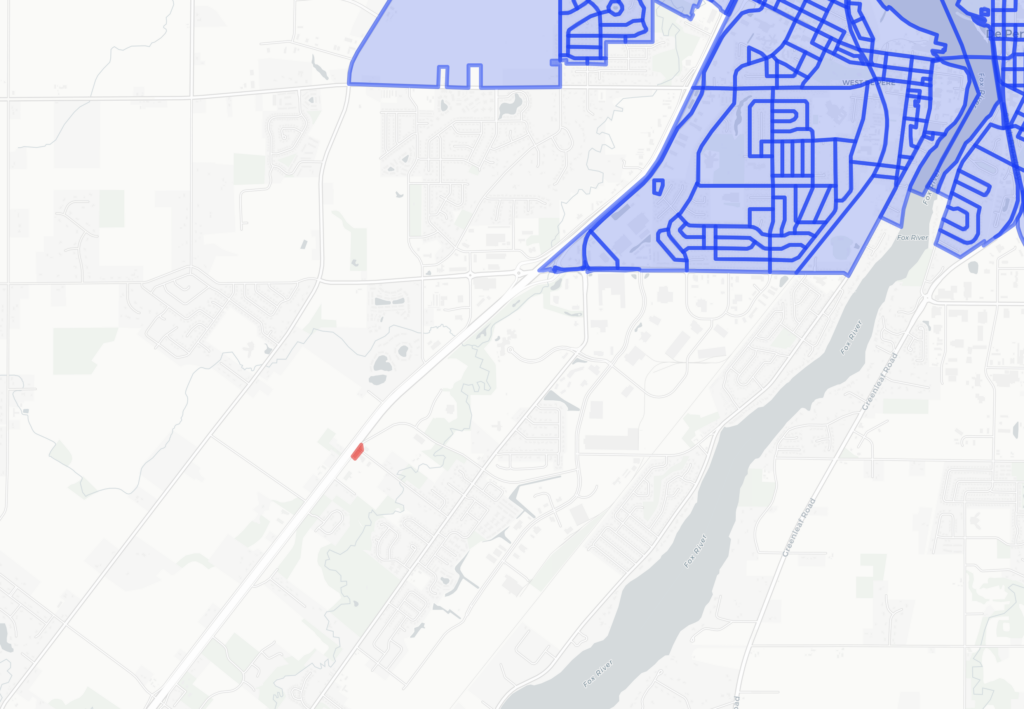Lubar Center Programs Put the Positives—and Some of the Needs—of Milwaukee in the Spotlight
Good and positive things about Milwaukee, making those things better, and, in some cases, keeping them from getting worse. That sums up three recent programs of the Lubar Center for Public Policy Research and Civic Education at Marquette Law School. Let’s catch up by offering brief summaries of each of the programs, each of which was moderated by Derek Mosley, director of the Lubar Center.
Get to Know: Cecelia Gore, executive director of the Brewers Community Foundation, February 13, 2024
Cecelia Gore is a well-known figure in Milwaukee’s philanthropic community. She was program director of the Jane Bradley Pettit Foundation from 2001 to 2009. Since 2009, she has been executive director of the Brewers Community Foundation, the charitable arm of Milwaukee’s major league baseball team. In that role, she has overseen the raising and distribution of millions of dollars to support efforts such as education programs, home construction for low-income people, and sports programs for youths.
Each baseball season, she talks to every player on the Brewers about donating part of his salary to the Brewers Foundation—and, she told Mosley during the program in Marquette Law School’s Lubar Center, 100% of the players take part (which is not true of all major league teams). She also instituted the “50-50 raffle” at Brewers home games, which allows fans to buy tickets. Half of the proceeds go to the holder of the winning ticket at each game and half go to the foundation. Since 2010, the raffles have raised more than $50 million—so more than $25 million has gone to Milwaukee nonprofit causes.
Gore has also been involved in many other local philanthropic efforts. She was co-chair of the Greater Milwaukee Foundation’s “Greater Together Initiative,” which recently announced it has raised $700 million to be used to increase opportunity and equity on multiple fronts for low-income people in the Milwaukee area.
Gore is an optimist about the future of Milwaukee. Solving problems will take a lot of hard work. But, she said, “The community is filled with people who want to make a difference. . . . We all have the opportunity to do as much as we can.”
In all her time working for the Brewers at American Family Field, Mosley asked, has Gore ever gone down the slide Bernie Brewer uses when a Brewers player hits a home run? “I’ve done it once, and I’ll probably never do it again,” she said.
Watch the conversation with Gore by clicking here.
##
Get to Know: Peggy Williams-Smith, president/CEO of VISIT Milwaukee, January 30, 2024
Peggy Williams-Smith has had a lifelong education in what’s good about Milwaukee, and she’s a positive, eager saleswoman for telling as much of the world about Milwaukee as she and her organization can reach. A Milwaukee-area native whose path has included a lot of jobs, from Walgreen’s when she was young to 13 years working for Marcus Corporation hotels and resorts. She has headed VISIT Milwaukee, the tourism and economic development organization, since 2019.
Williams-Smith’s conversation with Mosley covered a literal and figurative waterfront of developments in Milwaukee tourism, almost all of them positive. The literal waterfront involves the rapid growth of Milwaukee in recent years as a stopping point for cruise ships on the Great Lakes. The figurative waterfront includes successful promotion campaigns, praise of Milwaukee as a tourist destination from several national publications, the coming Republican National Convention in Milwaukee, and the major expansion of the Baird Center, Milwaukee’s convention center. VISIT Milwaukee was involved in bringing more than 500 events to Milwaukee, involving more than $800 million in business.
“There’s no better place to be in the world than the summer in Milwaukee,” Williams-Smith said. One thing that means is she and her staff of about 40 are doing more to promote Milwaukee tourism the rest of the year, including in the winter.
The conversation with Williams-Smith may be viewed by clicking here.
##
On the Issues: Museums and Arts Funding in Wisconsin, January 19, 2024
Wisconsin’s ranking in state funding of arts and culture programs? Fiftieth and last, said Rob Henken, president of the Wisconsin Policy Forum, a nonprofit research organization. Wisconsin’s support of arts and culture efforts from the private sector, including individuals and businesses? No exact ranking, but it’s been pretty strong, speakers at a forum on the subject at Marquette Law School’s Lubar Center said. Put the two together and you have an important part of life in Wisconsin that is doing OK, but facing many serious issues.
In addition to Henken, six leaders of museums and arts organizations spoke at the program. “Museums shape communities,” said Ellen Censky, president/CEO of the Milwaukee Public Museum. But the museum, with 550,000 visitors a year, is a big and vivid example of both the positives and negatives of the museum scene. The public museum is making progress with building a replacement building, on the north side of downtown, that will launch it into a new and, supporters believe, exciting future. But the process of getting there has faced numerous challenges. And Censky told Mosley that one thing that she worries about is whether a major crisis will occur involving the current deteriorating building before the new building is ready.
Laurie Winters, executive director/CEO of the Museum of Wisconsin Art in West Bend, described how that museum went from 2,900 visitors in 2012 to 225,000 in 2023, thanks to a beautiful new facility and expanded programming. But everything that is improving the museum and arts picture for Milwaukee and Wisconsin “is happening in spite of” and not because of governmental help, she said.
Adam Braatz, executive director of the nonprofit Imagine MKE, said, “The reality is the entire sector is on the precipice of a cliff.” Things could get worse without more support, he said.
Also taking part in the discussion were Clayborn Benson, executive director of Wisconsin Black Historical Society; Polly Morris, executive director of the Lynden Sculpture Garden; and Marcela Garcia, executive director of the Walker’s Point Center for the Arts.
The discussion may be watched by clicking here.



